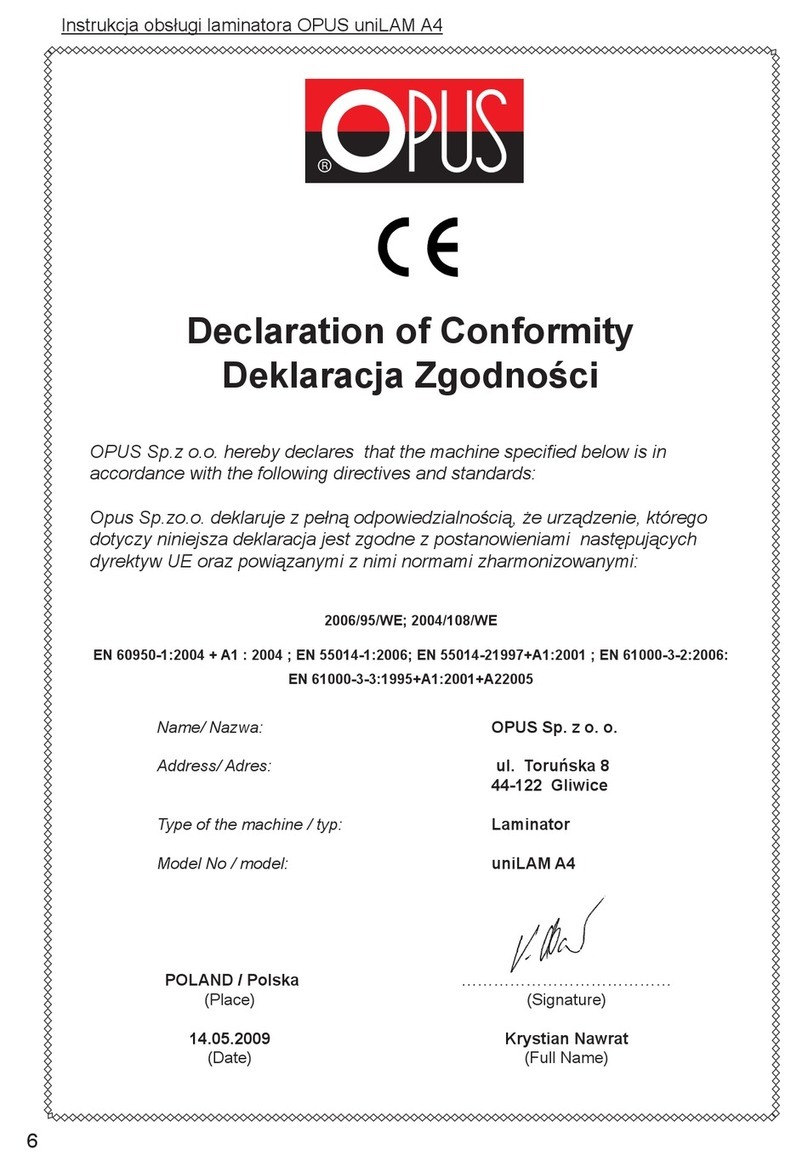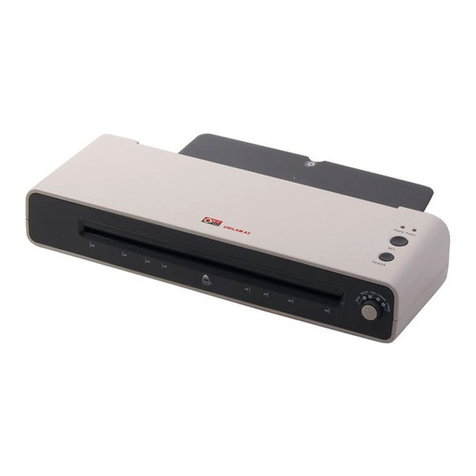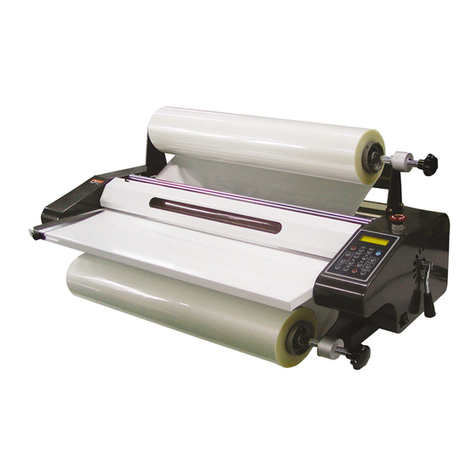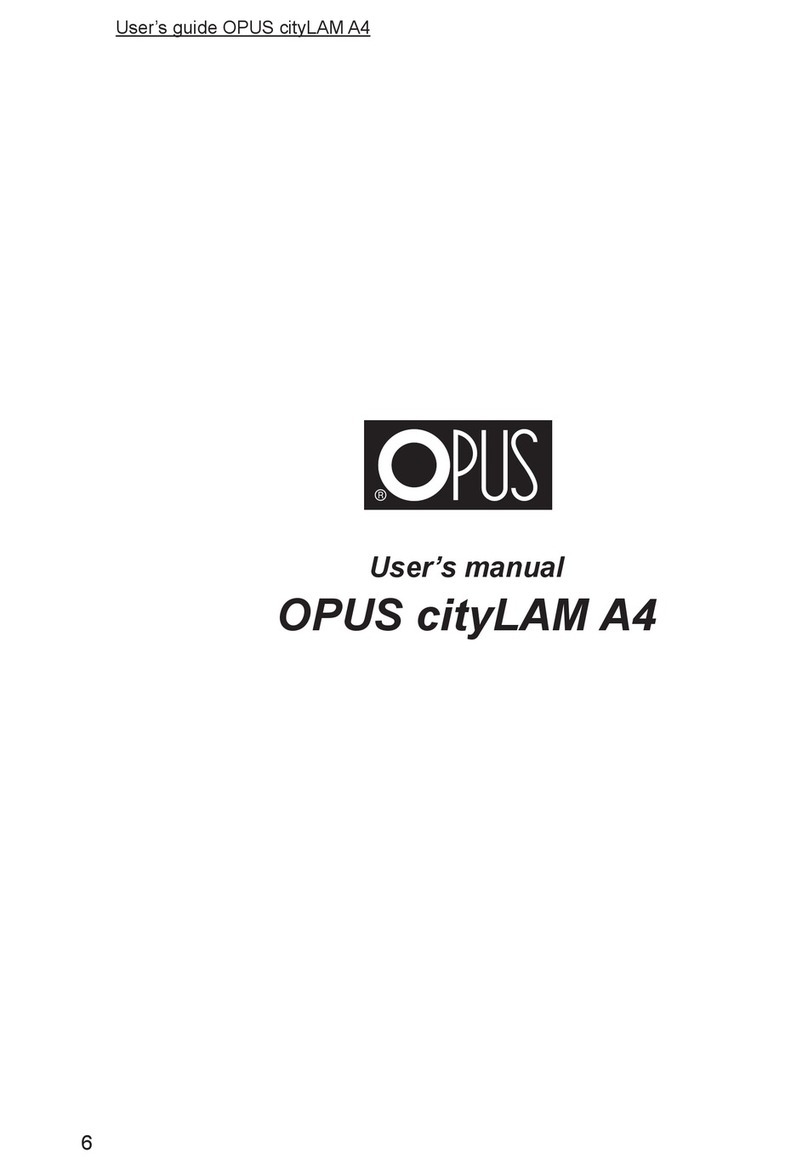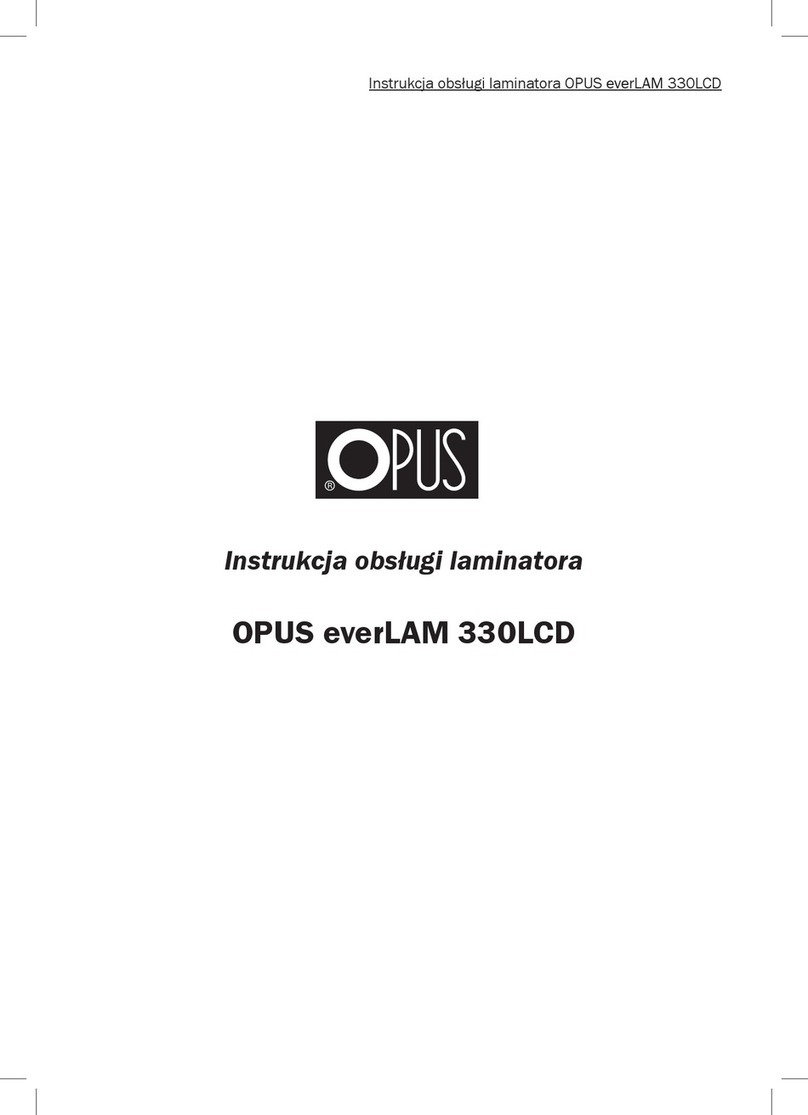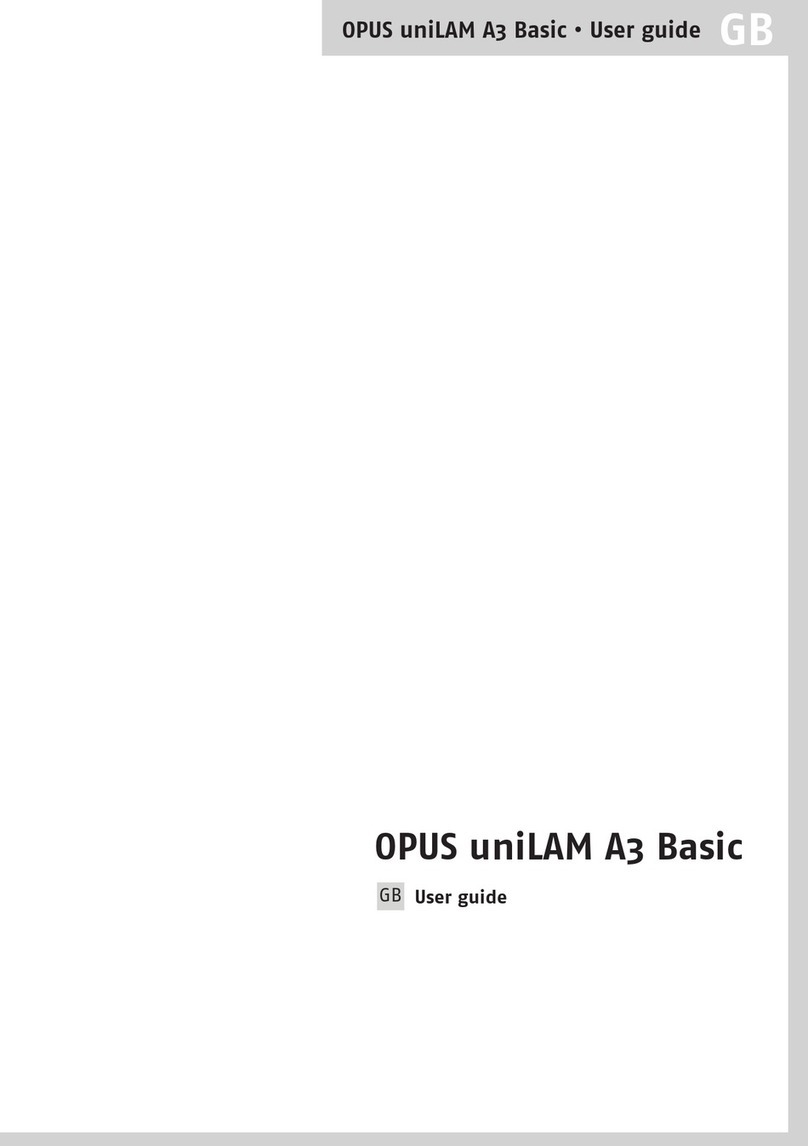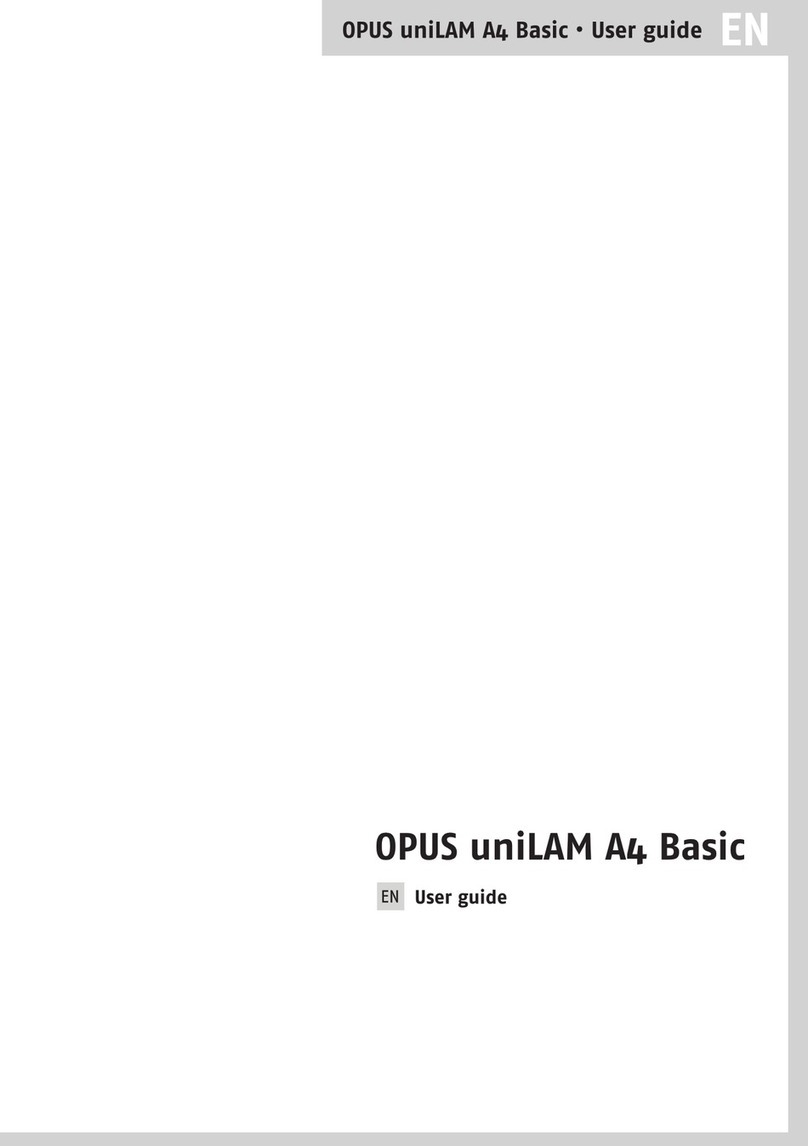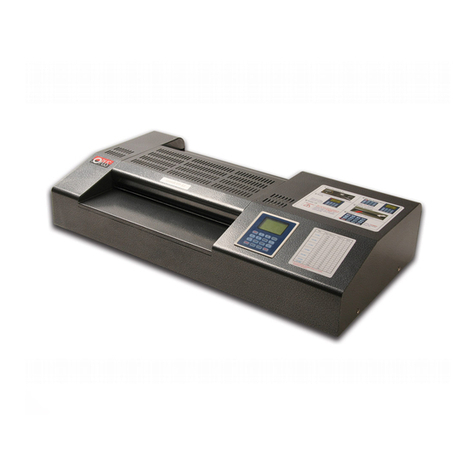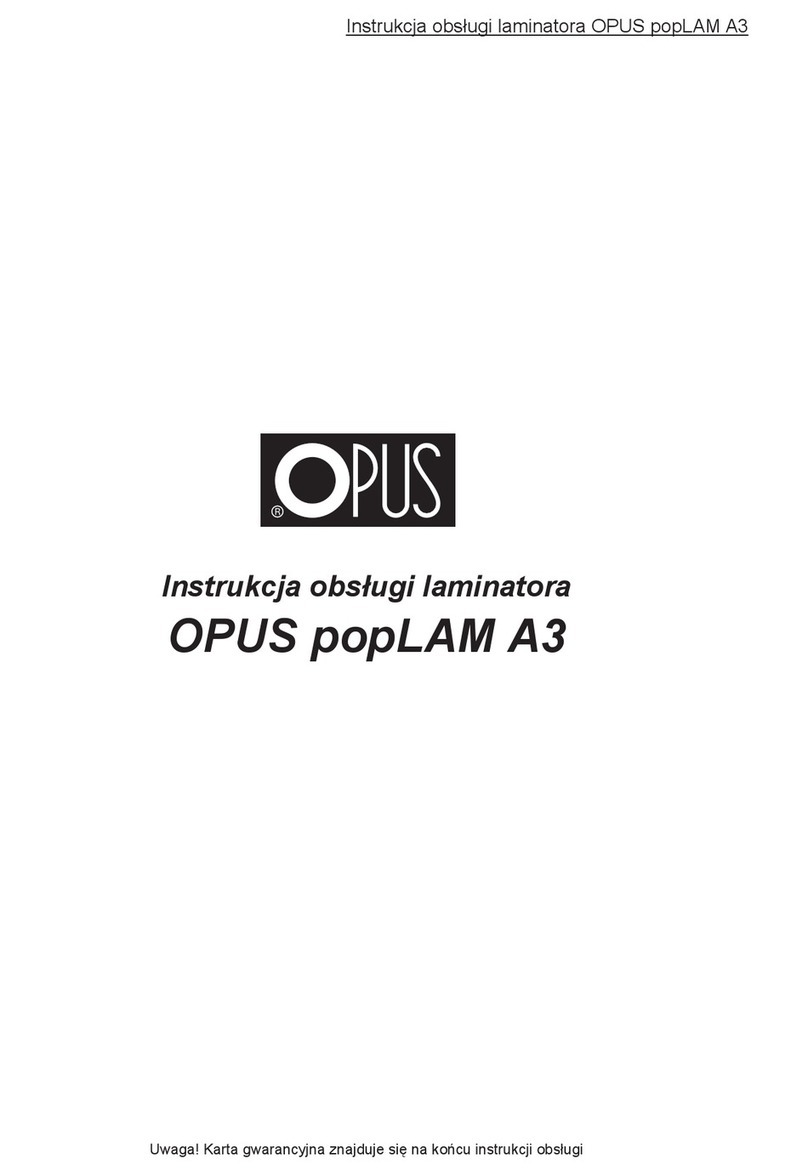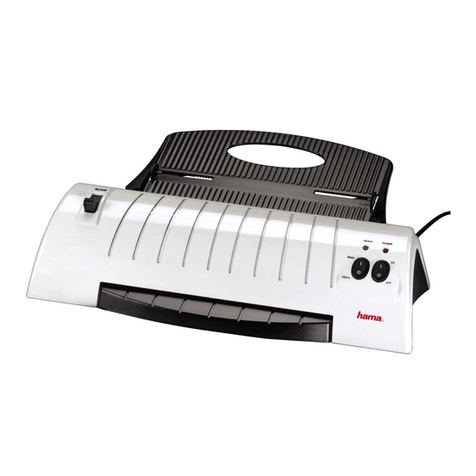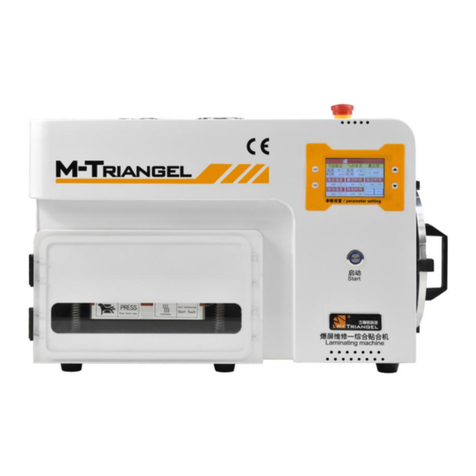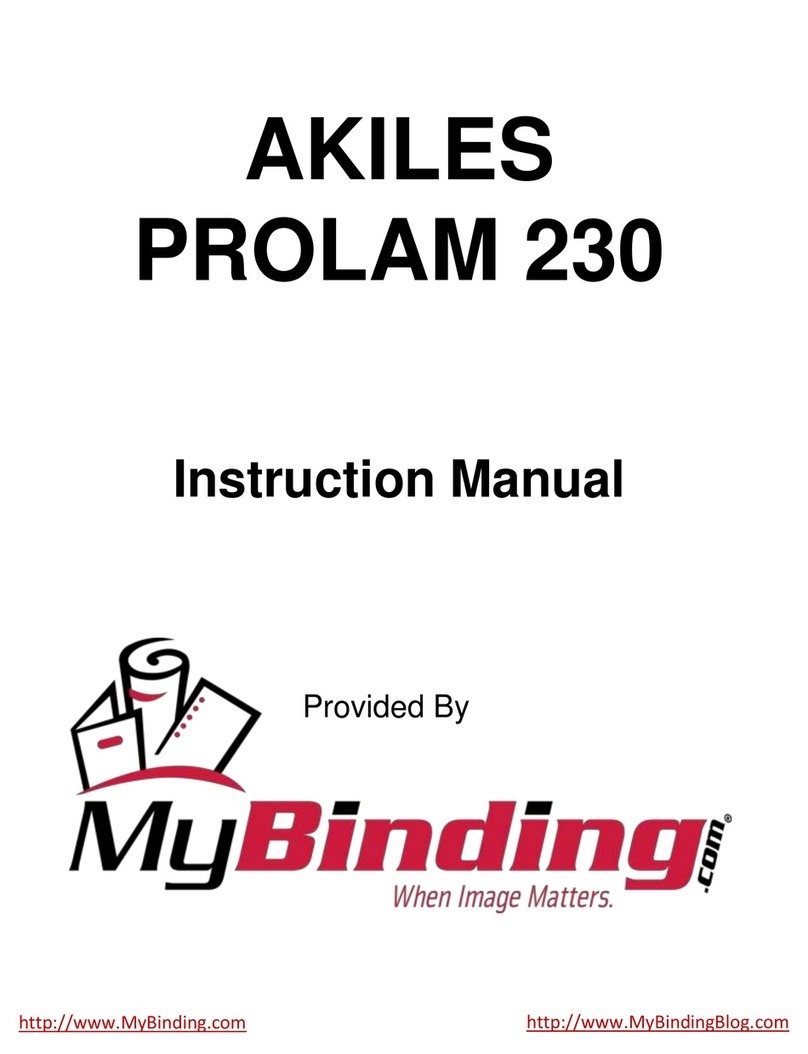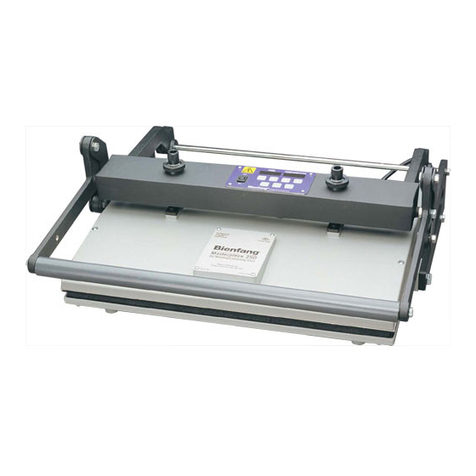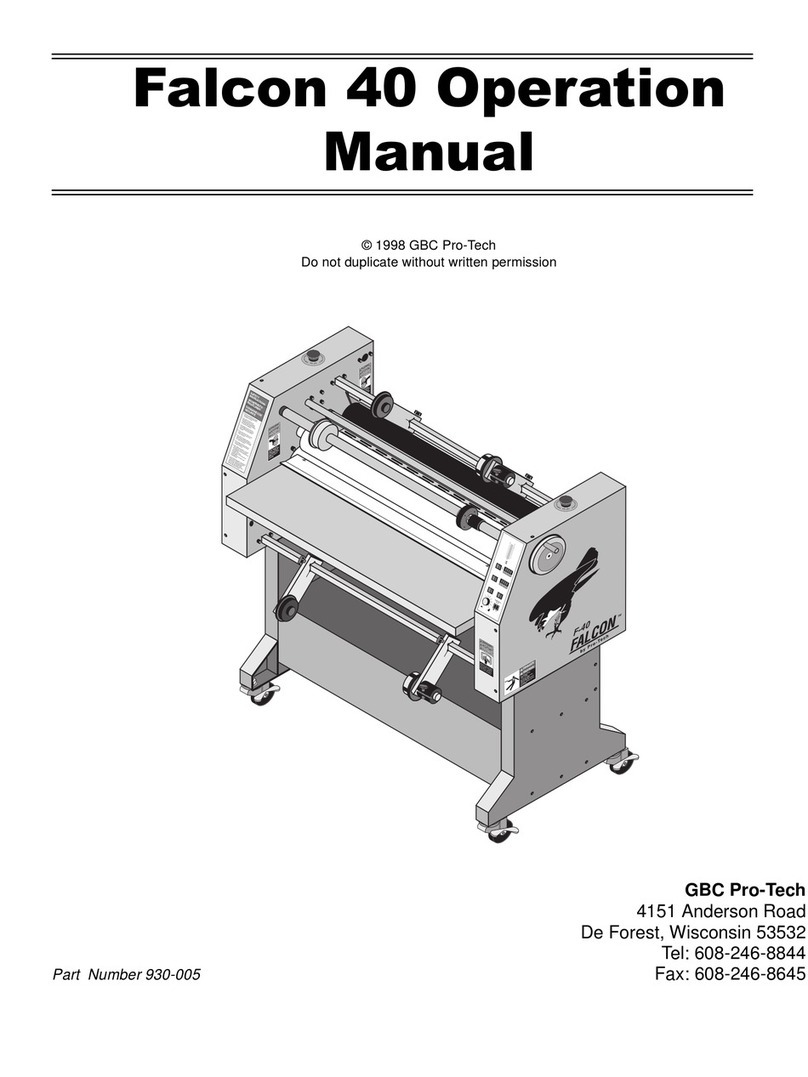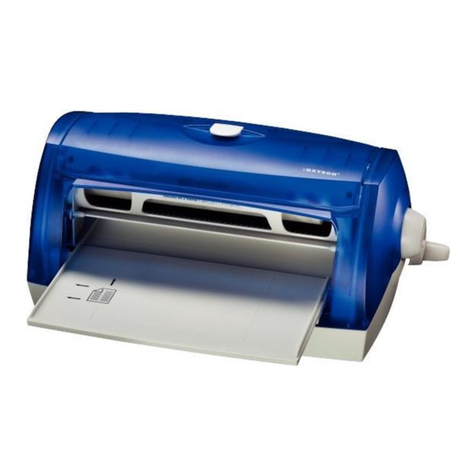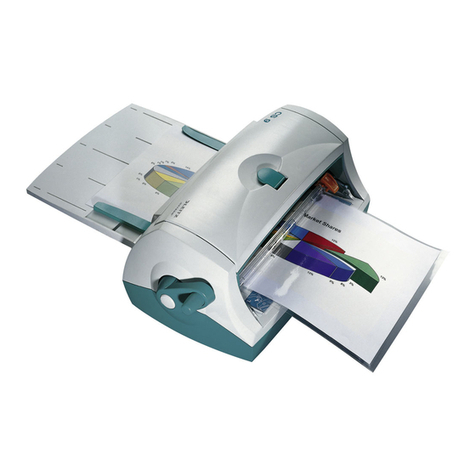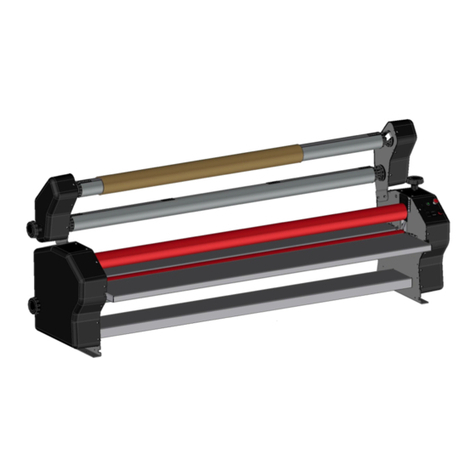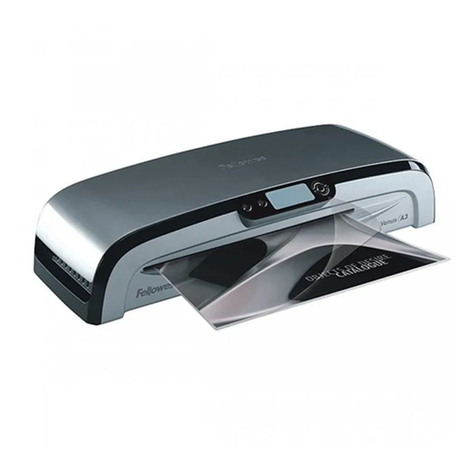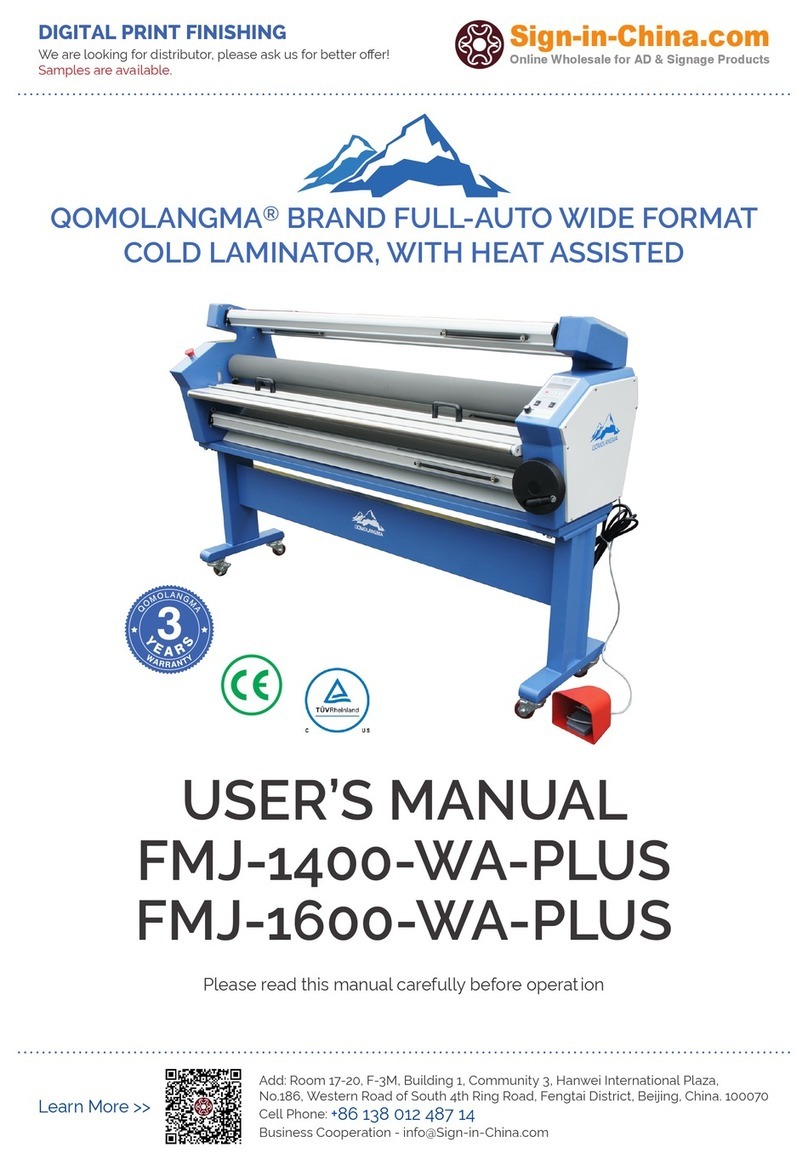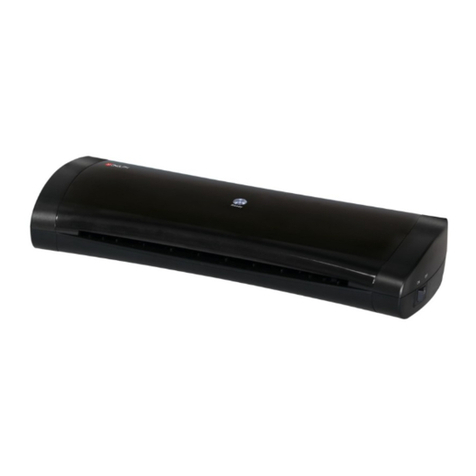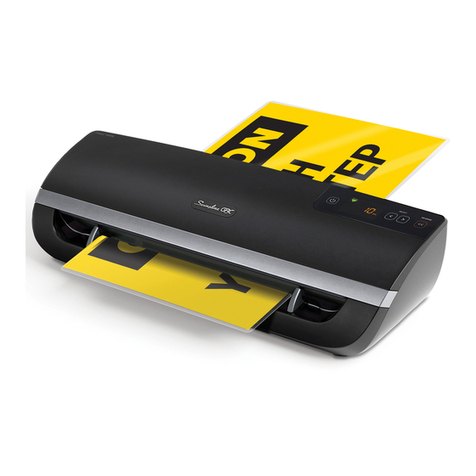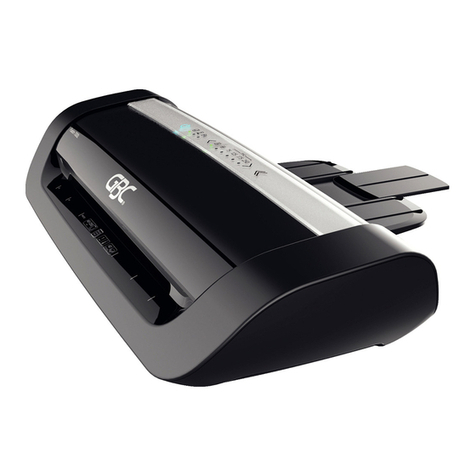
1 HEALTH & SAFETY PRECAUTIONS
• Before operating the equipment please read the Health & Safety precautions,
manufacturer recommendations and the operating manual.
• The equipment must be operated according to general Health & Safety rules.
• The operating manual should be easily available at any time for the operator.
• The equipment: should be installed on a sturdy level surface near a mains socket.
• = should be protected against dust and moisture.
• = must not be placed near a heating or ventilation units.
• = must not be used in vicinity of inflammable liquids or
gases.
• = power cable should be protected against damage and
not be used to move the equipment or pull the plug
from the socket.
• = must be kept away and out of the reach of children and
animals.
• = must not be used for any other purposes than those indi
cated in the instruction manual.
• = must not be located outside and operated in room tem
peratures lower 8 °C.
• Danger! The equipment contains rotary elements. Ensure long hair, loose jewel-
lery, ties and other loose clothing are keep away they can be get entangled in
the rolls.
• It is necessary to check and supervise if the equipment is operated correctly.
• In case of any malfunctions, you must contact the dealer or service team.
• Before removing any covers from the equipment, remove the power plug from
a mains socket.
• Using inappropriate lubricants causes a fire hazard.
• Any repairs must be carried out only by authorized sta during the guarantee
period.
• Do not leave the equipment unattended while in operation.
• After operating wait for the cooling down procedure has finished, turn o the
equipment by power switch on the unit. Then remove the power plug from a
socket.
2
2 MANUFACTURER’S RECOMMENDATIONS
• Use only recommended supplies and accessories.
• Do not put documents thicker than 0.6 mm into the laminator.
• Remove the power plug from the socket before moving the equipment or when not in use
for long periods.
• If the equipment is switched on and not operated for long periods, it can become over-
heated.
• To avoid bad quality lamination put 2 or 3 sheet of A4 paper through in order to cool the
rollers down.


